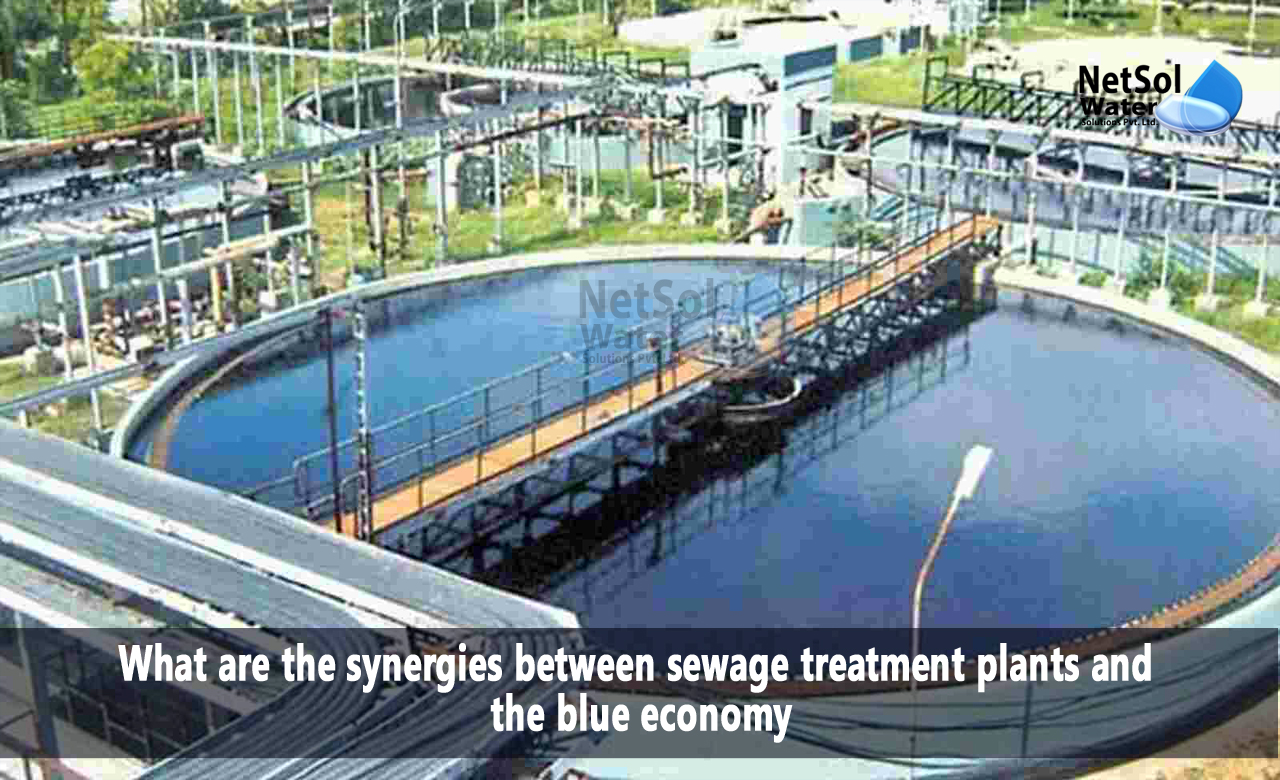What are the synergies between STP Plants and the blue economy?
The concept of the blue economy, which focuses on sustainable use of ocean resources for economic growth, has gained significant attention in recent years. While the blue economy traditionally encompasses sectors such as fisheries, tourism, and maritime transport, sewage treatment plants (STPs) also play a crucial role in supporting this sustainable economic model. STPs not only protect the environment and public health but also provide opportunities for economic growth and job creation.
In this blog, we will explore the synergies between sewage treatment plants and the blue economy, highlighting the potential for economic benefits and sustainable development.
The Role of Sewage Treatment Plants
Sewage treatment plants are essential infrastructure for treating and managing wastewater. They play a crucial role in ensuring clean waterways, preventing pollution, and safeguarding public health. Beyond their environmental significance, STPs can also contribute to the blue economy in several ways.
- Resource Recovery: Sewage contains valuable resources, including organic matter, nutrients, and energy. Advanced technologies in STPs enable the recovery of these resources through processes such as anaerobic digestion, biogas production, and nutrient extraction. These recovered resources can be utilized in various sectors, such as agriculture, energy generation, and manufacturing, creating economic value and reducing reliance on finite resources.
- Energy Generation: Sewage treatment plants can be energy self-sufficient or even generate surplus energy. Biogas produced during the treatment process can be converted into electricity or used as a renewable fuel source. This energy can power the operations of the STP itself or be fed into the local power grid, contributing to the renewable energy sector and reducing carbon emissions.
- Water Reuse: Treated wastewater from STPs can be reused for non-potable purposes such as irrigation, industrial processes, and groundwater recharge. This promotes water conservation and reduces the demand for freshwater resources, which is particularly valuable in water-scarce regions. Water reuse initiatives not only contribute to sustainable water management but also provide economic benefits by reducing reliance on expensive freshwater sources.
- Job Creation and Economic Opportunities: The establishment and operation of sewage treatment plants create job opportunities, both directly and indirectly. STPs require skilled professionals for their design, construction, operation, and maintenance. Additionally, the economic activities associated with resource recovery, energy generation, and water reuse can stimulate job creation in sectors such as agriculture, renewable energy, and manufacturing. This helps foster local economic development and strengthens the workforce in related industries.
- Ecotourism and Environmental Conservation: Sewage treatment plants can contribute to ecotourism initiatives by showcasing innovative wastewater treatment technologies and promoting environmental conservation. Educational programs, guided tours, and visitor centers at STPs can raise awareness about the importance of water management and conservation. This not only supports local economies through tourism revenue but also promotes sustainable practices and environmental stewardship among visitors.
Conclusion
Sewage treatment plants are integral to the blue economy, offering opportunities for economic growth, job creation, and sustainable development. Through resource recovery, energy generation, water reuse, and environmental conservation initiatives, STPs contribute to economic sectors aligned with the principles of the blue economy. By embracing advanced technologies and innovative approaches, sewage treatment plants can maximize their potential for economic benefits while simultaneously protecting the environment and ensuring public health. It is crucial for governments, policymakers, and stakeholders to recognize the synergies between sewage treatment plants and the blue economy and invest in sustainable water management practices that foster economic growth and environmental stewardship.



